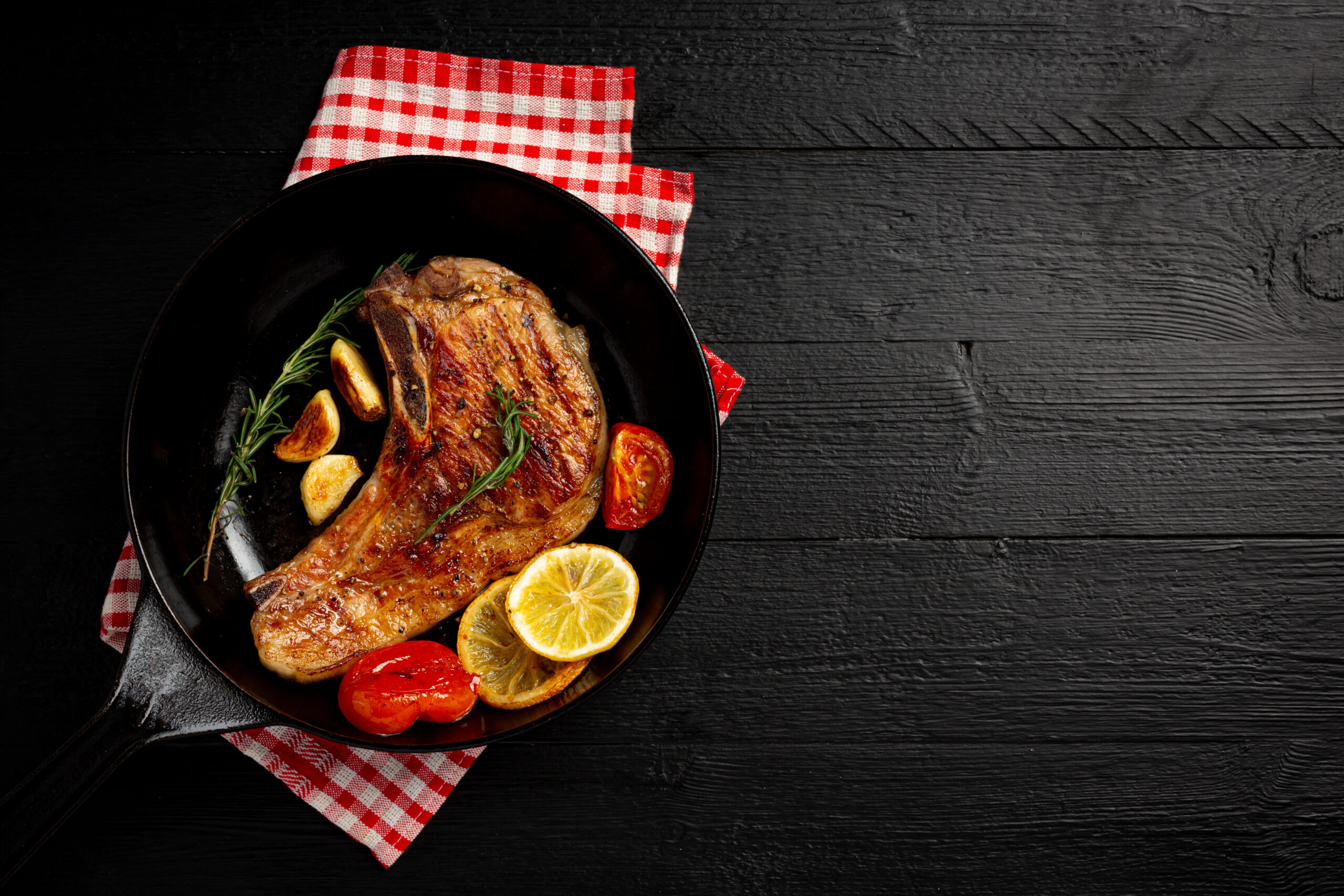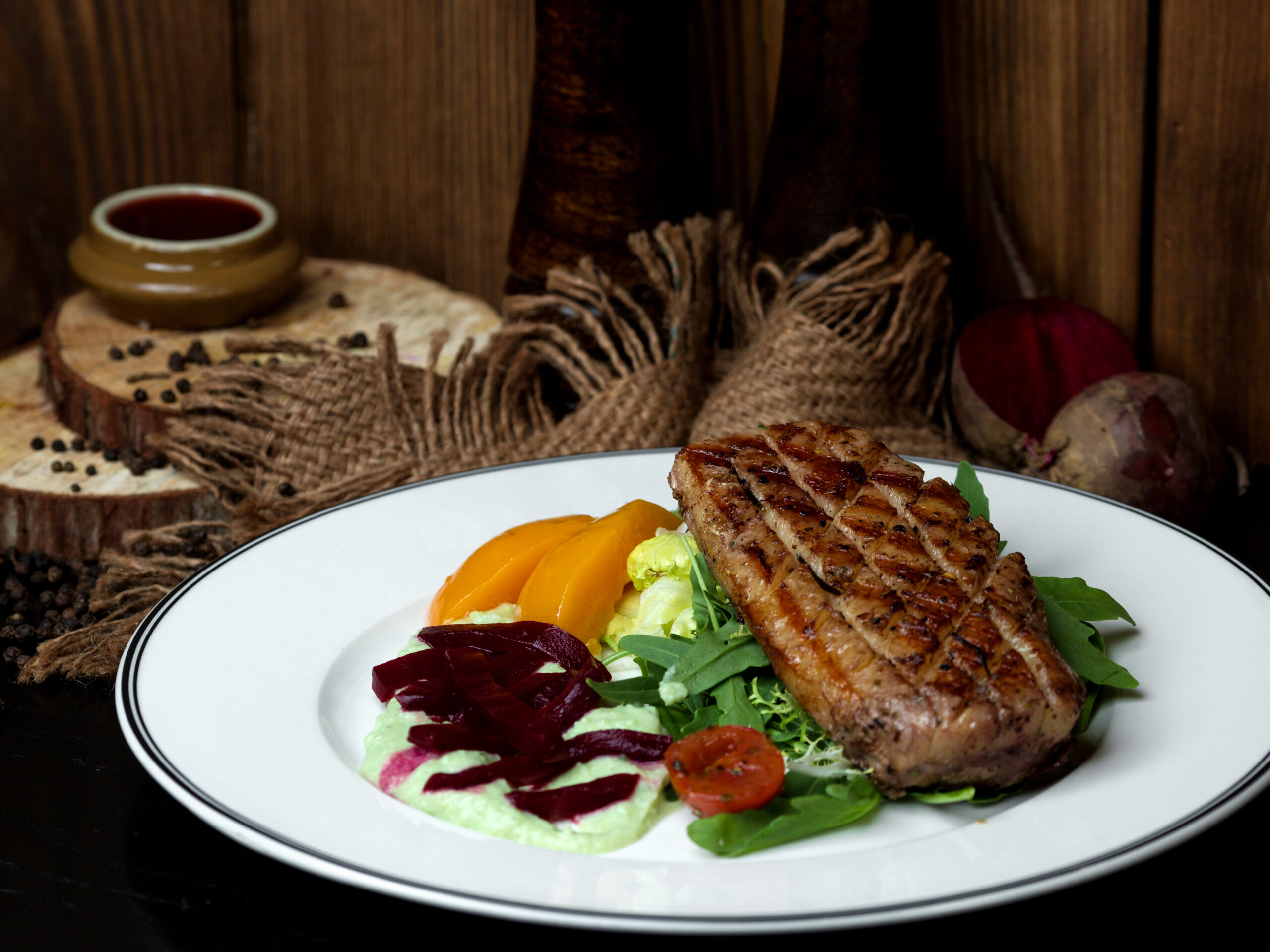Reheating steak is an art that many home cooks and meat lovers grapple with. The goal is often to bring the meat back to life without sacrificing its tenderness or flavor. Mistakes can lead to a dry, overcooked piece of meat that is less than enjoyable. However, with the right techniques, it is possible to restore leftover steak to a state that rivals its freshly cooked counterpart. This article explores the best methods for reheating steak, ensuring you can savor every bite, no matter when it was originally prepared.
Understanding Steak Doneness and Quality
Before diving into the reheating methods, it’s essential to understand the different levels of steak doneness and how they affect the reheating process. Steak doneness is typically categorized as rare, medium-rare, medium, medium-well, and well done. The temperature at which steak is cooked directly influences how it should be reheated.
For instance, a medium-rare steak, cooked to an internal temperature of about 135°F, has a different moisture content compared to a well-done steak, which reaches around 160°F. When reheating, maintaining the desired doneness while preventing the meat from drying out becomes crucial. Selecting the appropriate method based on the initial doneness will help preserve the steak’s quality and texture.
The Best Methods for Reheating Steak
Oven Method
The oven method is one of the most reliable ways to reheat steak evenly, ensuring that the meat warms up without becoming overcooked. This method is particularly effective for thicker cuts of steak.
- Preheat your oven to 250°F (120°C).
- Place the steak on a wire rack over a baking sheet. This setup allows for even heat circulation around the meat.
- Warm the steak in the oven for about 20 to 30 minutes, depending on the thickness of the cut. Use a meat thermometer to check for an internal temperature of around 130°F (54°C) for medium-rare.
- Once heated, remove the steak from the oven and let it rest for a few minutes to allow the juices to redistribute.
This method is particularly advantageous as it allows for a gentle warming process, which helps maintain the steak’s original texture and flavor profile. Using a thermometer ensures that you do not overheat the meat, preserving its juiciness.
Stovetop Method
The stovetop method is another effective way to reheat steak, especially if you’re looking for a quicker option. This method works well for thinner cuts of steak.
To reheat steak on the stovetop, start by placing a skillet over medium-low heat. Add a small amount of oil or butter to the pan. Once the fat is heated but not smoking, place the steak in the skillet. Heat each side for about two to three minutes, flipping once. If your steak is particularly thick, you may want to cover the skillet with a lid to trap steam, which helps heat the meat more evenly.
This technique allows for a quick reheating process while keeping the exterior of the steak slightly crisp, which can enhance the dining experience.
Sous Vide Method
The sous vide method is a professional technique that can be used at home to reheat steak gently. This method involves sealing the steak in a vacuum bag and immersing it in a water bath at a controlled temperature.
To use the sous vide method, set your immersion circulator to the desired final temperature of the steak, typically around 130°F (54°C) for medium-rare. Submerge the vacuum-sealed steak in the water bath and let it heat for approximately 45 minutes to an hour. Once done, remove the steak from the bag and quickly sear it in a hot skillet for about a minute on each side to restore its crust.
This technique ensures that the steak is reheated evenly without any risk of overcooking, making it a favorite among culinary enthusiasts.
Microwave Method
While the microwave is often the least preferred method for reheating steak, it can be a quick solution when time is of the essence. However, it requires careful handling to avoid a rubbery texture.
To reheat steak in the microwave, place the meat on a microwave-safe plate and cover it with a damp paper towel. This step helps to retain moisture during the reheating process. Microwave the steak on medium power in 30-second intervals, flipping it between intervals to promote even heating. Be cautious not to overheat, as the microwave can quickly turn succulent steak into a chewy piece of meat.
Finishing Touches After Reheating

No matter which reheating method you choose, finishing touches can elevate the flavor of your steak. A quick sear in a hot pan can help develop a nice crust and enhance the overall taste. Adding a pat of butter, garlic, or fresh herbs during this process can infuse additional flavors into the meat.
Letting the steak rest for a few minutes after reheating is also essential. This resting period allows the juices to redistribute throughout the meat, resulting in a more flavorful and tender bite.
Storing Leftover Steak Properly
To ensure the best quality when reheating steak, proper storage is key. After cooking, allow the steak to cool down to room temperature before placing it in the refrigerator. Wrap the steak tightly in plastic wrap or aluminum foil, or place it in an airtight container to prevent exposure to air, which can lead to spoilage.
Leftover steak can be stored in the refrigerator for three to four days. If you plan to keep it longer, consider freezing it. When freezing, make sure the steak is well wrapped to prevent freezer burn. Properly stored, frozen steak can last for up to six months.
Common Mistakes to Avoid
Reheating steak can be straightforward, but a few common mistakes can hinder your results. One of the most significant errors is failing to monitor the temperature. Overheating steak can dry it out and change its texture. Always use a thermometer if possible to ensure you reach the desired temperature without surpassing it.
Another mistake is not allowing the steak to rest after reheating. Skipping this step can result in a less juicy experience. Additionally, using high heat can result in a quick exterior cook while leaving the interior cold. Always opt for lower heat methods to ensure even warming.
Conclusion
Reheating steak effectively is all about balance and technique. Whether you choose the oven, stovetop, sous vide, or even the microwave, the key is to maintain the steak’s quality and flavor while ensuring it is heated to perfection. With the right approach, you can enjoy leftover steak that tastes as good as when it was first cooked. By understanding proper storage methods and avoiding common pitfalls, you can savor the deliciousness of your steak long after it has left the grill or pan.

Leave a Reply